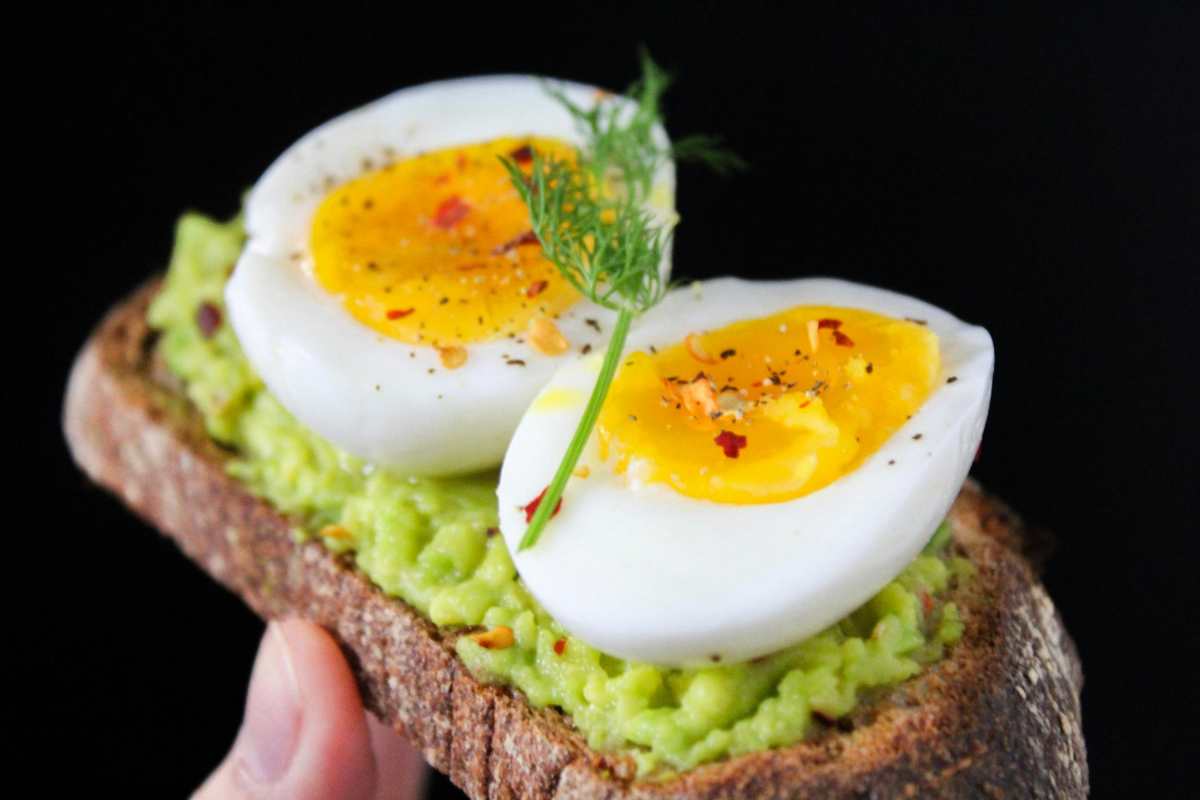Scientist Reveals the Right Way to Peel a Boiled Egg

The boiled egg is a favored delicacy for many. But for several people, the delicacy gets ruined, if not perfectly peeled. Peeling of eggs is not an easy task, and requires concentration as well as some luck. However Food Science professor, Paulomi Burey of the University of Southern Queensland, believes that the 'luck' factor can be removed, stated IFL Science.

Eggs are made of multiple components. Egg has a shell primarily made of calcium carbonate. Underneath the shell, there are fine inner and outer membranes. Along with the membranes, there is an air pocket. The next layer is that of the albumen, which contains egg whites and the yellow yolk. The way these parts interact with each other determines how it will come out after peeling.
Burey claims that to ensure perfectly peeled eggs, several factors need to be kept in mind, according to The Conversation. She figured out these dynamics after analyzing several past studies. First of all, the egg white's pH needs to be in the perfect range. In the 1960s, a study claimed that the egg white should be quite alkaline, exhibiting a pH of 8.7 to 8.9, after boiling, for people to get a perfect egg. Another study showcases that storage temperature also plays a role in the pursuit of better peeled eggs. Researchers also claimed that the older the eggs were, the better the chances were of getting a perfectly peeled end product. However, the eggs needed to be viable and not spoiled.
Burey determined 22 degrees Celsius (or 72 degrees Fahrenheit) to be the perfect storage temperature. This implies that eggs at room temperature are the best to boil to get a perfectly peeled egg. She further claimed that it is important for eggs to have a gap from their shell, so that they don't come out when the covering is being removed. The entanglement of membranes, as well as the various parts, can be better monitored with the boiling process and storage adjustments.
After her analysis, Burey came up with certain steps that people could follow to have a perfectly peeled egg. The first one was using old but viable eggs. Burey believes that old eggs have better peelability because, in comparison to their fresh counterparts, they have bigger air cells. The bigger air cell is a consequence of the egg losing moisture through the shell. A bigger cell allows for better peeling, without any damage to the egg inside. She further adds that old eggs having an elevated pH also make peeling easier.
The next step would be to boil the water and then lower it to a simmer. After it is simmered, Burey suggests putting the room-temperature egg into the water. She believes that the initial exposure to high temperature from boiling will help people in removing the shell and egg white from the membrane at the time of peeling. The high temperature will keep the link loose enough, that no mishaps happen while removal of the covering. The boiling also allows for egg white proteins to bond with each other, rather than the membranes. This also helps in better peeling.
For different eggs, she suggests different boiling temperatures. According to Burey, a runny yolk needs three to five minutes, while a hard-boiled egg requires twelve to fifteen minutes. After this, the eggs should be placed in cold water so that the egg white moves away from the shell, improving the chances of getting a perfectly peeled egg. The final step involves adding things to the water. Her analysis revealed that the addition of substance, if not harsh, did not have a huge impact on the process, but still, if people want to further improve their chances, she asks them to go with baking soda or vinegar. The vinegar would attack the calcium carbonate in the eggshell, while the baking soda could aid in membrane detachment from the shell. Both of these pave the way for better removal of peels.

Photo by Jane T D.)
After some time in cold water, Burey suggests to start peeling. After slowly getting out the covering, she asks people to not just enjoy the eggs but also employ the resultant peels to several pursuits like cancer research and compost.
Burey is not the only expert who has come up with sure-shot ways to peel eggs. Some suggestions match while many differ across the internet. In the case of Brian Good, he, like Burey, advocates for old eggs, but has a different approach in terms of boiling water, according to Food Republic. He believes placing the eggs in cold water and then boiling is the way to go.